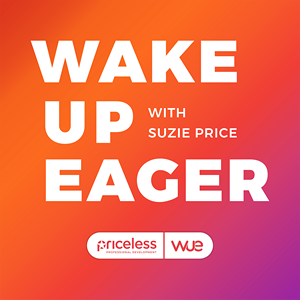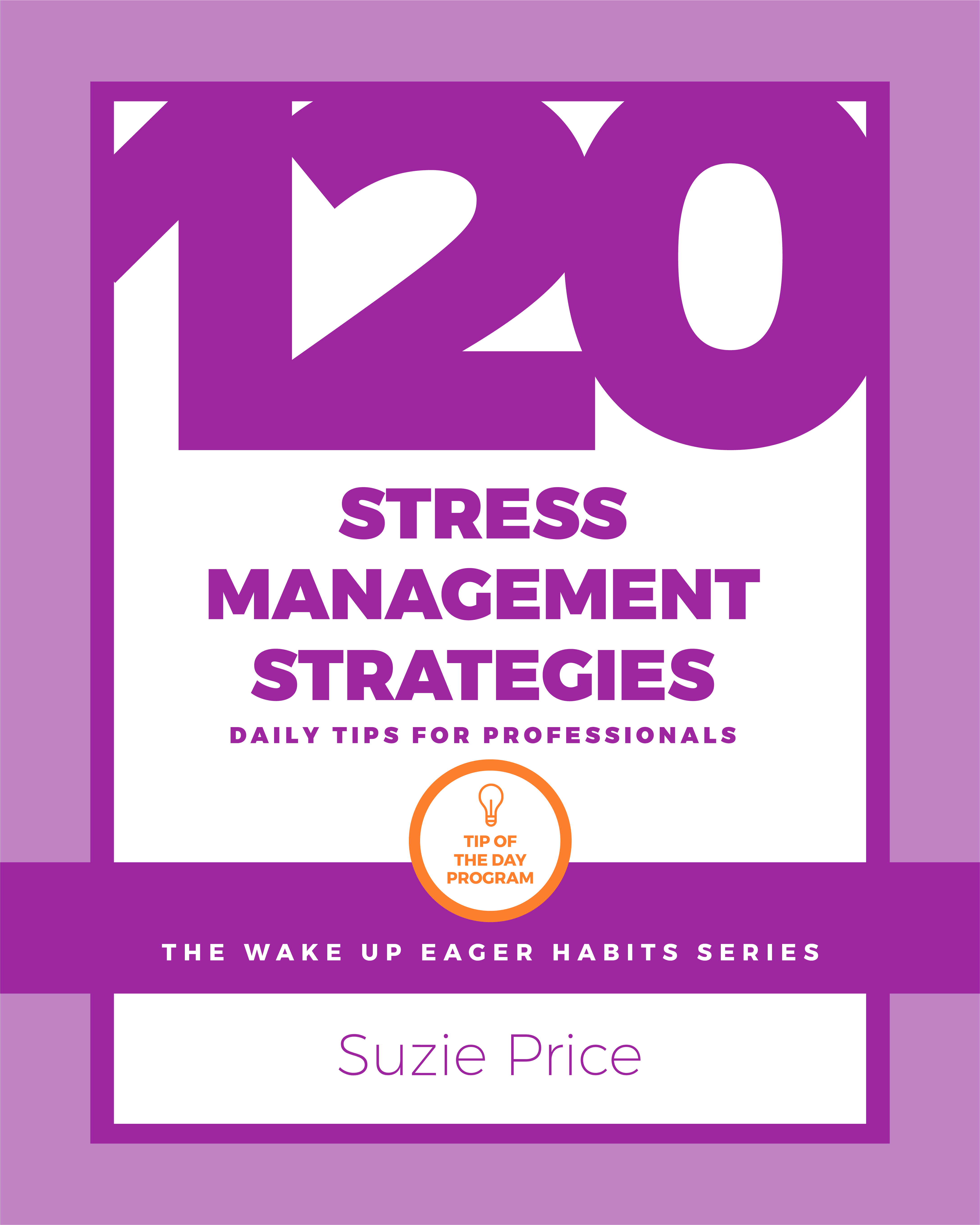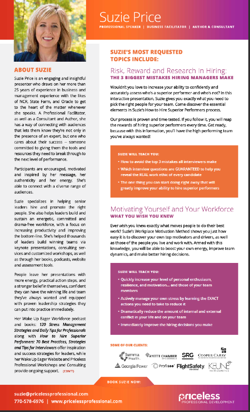The Know How You Need & the Tools to Get You There... Get Certified >

How Low I’s DISC Styles Can Connect, Sell and Influence Others

Being able to ‘sell’ is a skill every professional needs, regardless of role or behavioral style. You might not be a salesperson, but you’re going to need to make a pitch, ace an interview, ask for a promotion, or negotiate with a co-worker. Knowing how to sell to other behavioral types is invaluable for these situations, so this blog series is reviewing each DISC type and how they can sell to others.
This blog series is reviewing each DISC type and how they can sell to others.
DISC Selling Skills for Direct Communicators (High D)
DISC Selling Skills for Reflective Communicators (Low D)
DISC Selling Skills for Outgoing Communicators (High I)
DISC Selling Skills for Steady Communicators (High S)
DISC Selling Skills for Dynamic Communicators (Low S)
DISC Selling Skills for Precise Communicators (High C)
DISC Selling Skills for Pioneering Communicators (Low C)
The Reserved Communicator In-Depth
Reserved communicators are restrained, controlled, and reflective. They may be concerned with the thoughts and feelings of others but that might not always be apparent in their communication.
They prefer to be socially discreet and can struggle to engage with styles very different from their own behavioral style.

How Reserved Communicators Can Sell to Every Behavioral Type
Reserved Communicators Selling to Direct Communicators (High D)
The Direct communicator is looking for results.
Direct communicators are ambitious, forceful, decisive, strong-willed, independent, and goal-oriented. In general, they prefer to get to the point as quickly and concisely as possible, which makes them a surprisingly compatible match with Reserved communicators.
The Reserved communicator can find common ground with the Direct communicator when it comes to communication style. Both behavioral types enjoy concise conversation; so use that to your advantage! Lay out the advantages and steps forward with completing the sale and embrace a faster pace for this interaction.
Low Is need to let high Ds lead the conversation without compromising their goals. If a Direct communicator starts pushing hard on you, make sure to politely but firmly stand your ground. They will respect a sturdy salesperson; however, they still want to feel like they are in control of the deal. Make it clear that this sale will happen on their timeline.
Reserved Communicators Selling to Reflective Communicators (Low D)
The Reflective communicator is looking for an agreement.
Reflective communicators are cooperative, low-key, modest, and mild. They tend to engage people by being agreeable and thoughtful when focusing on an outcome. They have a preference for warm, friendly communication that can be challenging for a low I, but it’s worth the effort; low Ds will go out of their way to adapt to you, even in a sales interaction.
Reflective communications need a slow approach and thoroughly explained next steps to feel comfortable, so be prepared to lay everything out and go over details as many times as they need.
Focus on extending slightly out of your comfort zone when it comes to tone, but don’t compromise on the facts. Try to stay friendly, neutral, and informal; a Reflective communicator will pick up on your cues and mirror your behavior so you can keep the interaction comfortable for both of you.
Reserved Communicators Selling to Outgoing Communicators (High I)
The Outgoing communicator is looking for the experience.
Outgoing communicators are people-oriented, optimistic, and enthusiastic. They are creative problem solvers and are skilled at negotiating conflict. This is a challenging match-up for Reserved communicators since you are on opposite sides of the Influence energy line, but that doesn’t mean your sale won’t be successful!
Make sure to have hard data and facts on hand, but focus on the story of what you’re selling more than anything else. High Is are visionaries and love a big picture focused on people, so keep that in mind while you’re pitching.
Outline your next steps clearly and follow up in writing; Outgoing communicators can struggle with following up so that will become your job in this interaction. Make notes of details they share with you and use them in conversation later; a brief icebreaker or question about their life will make a large impact. (If you’re uncomfortable rehashing personal details, stick to talking about their professional life. Ask about the results of a recent project or inquire about their latest hire— the fact that you are trying to remember details about them will matter.)
Reserved Communicators Selling to Reserved Communicators (Low I)
The Reserved communicator is looking for mutual benefit.
You’re going to understand this behavioral type well because it’s your own! Unfortunately, that doesn’t mean this match-up is necessarily beneficial in a sales situation because there is no bigger personality to draw either of you out. Reserved communicators also tend to be skeptical and can lean on using sarcasm in uncomfortable situations.
The good news is that you are uniquely prepared to stave off conflict in this sale by focusing on the facts. Bring all of the proof you’d want yourself when considering a purchase but make sure not to flood the conversation. Keep your body language open and non-confrontational, since you know Reserved communicators are especially observant and aware of their surroundings.
Reserved Communicators Selling to Steady Communicators (High S)
The Steady communicator is looking for understanding.
Steady communicators prefer a slow pace, defined responsibilities, and clearly outlined expectations. They are considerate, compassionate, and accepting of others, but might seem indifferent or hesitant on the surface.
Both high Ss and low Is both prefer low-key interactions, so matching energy shouldn’t be too difficult, but Reserved communicators would benefit from pushing themselves to be more friendly in this interaction. Steady communicators are most receptive in an easy-going, informal environment, so try to loosen up and keep things relaxed.
Steady communicators will likely have lots of questions, so encourage their inquiries and make sure to have lots of information available for them to review on their own time. Follow up on the sale with a summary of the meeting; a high S will appreciate your thoroughness and thoughtfulness.

Reserved Communicators Selling to Dynamic Communicators (Low S)
The Dynamic communicator is looking for new ideas.
Dynamic communicators are fast-paced, confident, and lively. They prefer a fast pace and flexibility in their work. They are energetic and outgoing but can come across as impatient or agitated.
This is a particularly difficult match-up for Reserved communicators because Dynamic communicators might overlook facts and details for a more energetic conversation. Their preference for a fast pace might overwhelm a low I.
Make sure to stand your ground in this interaction! It’s going to be up to you to keep the sale on track. Being more assertive will push you out of your comfort zone but, likely, a low S won’t even notice or clock your efforts as aggressive. Make sure to keep your end goal in mind and try to keep the conversation on task. Get ready for a quick close if it’s going well!
Reserved Communicators Selling to Precise Communicators (High C)
The Precise communicator is looking for information.
Precise communicators are dependent, neat, careful, and compliant. They want to get the job done right and thrive on establishing routines and processes to follow in the workplace.
Reserved communicators and Precise communicators often have a lot of overlap, so this should be a solid shot at a successful sale. This is an interaction where you can really dig into the facts together—- Precise communicators love data as much as you do, so focus on the facts. This is an interaction where you can embrace your preference for straightforward communication; a high C is looking for data, proof of concept, and a quick conversation.
Make sure to lead with facts, figures and proof. Keep your pitch logical, compact, and non-personal. Precise communicators want hard facts and all necessary information to make a well-considered decision, so make sure that you can back up any and all claims in this conversation. Actively ask them for questions and then proceed to close the deal if they are receptive. Be friendly and direct, but not overly personal— Precise people want facts over friendship in a business conversation.
Reserved Communicators Selling to Pioneering Communicators (Low C)
The Pioneering communicator is looking for a vision.
Pioneering communicators are independent, unconventional, experimental, and outspoken. Reserved communicators need to stay flexible in this conversation. Diving into facts and figures will lose the attention of a low C—- you need to dream with them and show them the big picture effect of this sale.
A good way to make sure you’re communicating effectively while still making that connection is to pair every fact with an outcome. Talk about the practical outcome and then illustrate how that will improve their team or processes. Painting the picture for a Pioneering communicator will engage them in the interaction and help make a real connection.
Make the Sale the Reserved Way!
Reserved communications will face challenges in the sales process but that doesn’t mean they can’t meet their goals and find success! If they use their ability to observe their environment and adapt to others, low Is will forge forward and thrive.
Are you interested in harnessing the power of DISC? If you’re ready to start using DISC today, Priceless Professional can help!
Do you want to take a DISC assessment or start using assessments for your team? Let us know here.
LET'S TALK:
Contact us to schedule a Complimentary Consulting Call
or to ask questions about any of our Hiring,
Coaching, Training and Assessment services.




